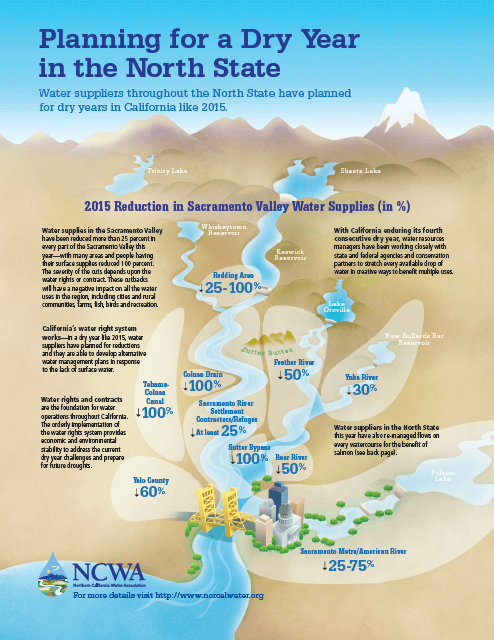With the drought in California, a small group of academics are saying the water rights system in California does not work during drought periods. In fact, the water rights system has worked in California over the past several years and has provided a stable foundation for managing water for cities, farms, wildlife refuges and fish. Rather than focusing on the water rights system, which works, California should instead continue to focus energy on improving its water management system for the benefit of all these beneficial purposes.
For further discussion on this topic, we recommend the recent Family Farm Alliance report making “The Case for the Doctrine of Prior Appropriation to Allocate Water in the Western United States.” Importantly in California, the entire state is hydrologically connected and water is conveyed large distances under this water rights system to support the Bay Area and Southern California’s water needs, as well as important agriculture and industry throughout the state. The report underscores the flexibility in the water rights system, through water transfers and other creative tools, which continually helps make adjustments between supply and demand that is important for California to meet its water needs in dry years.
In the Sacramento Valley, the following shows the significant reductions in surface water supplies over the past several years. These cutbacks have a negative impact on all the water uses in the region, including cities and rural communities, farms, fish, birds and recreation. Yet, the water resources, wildlife refuge and fisheries managers have worked closely together during this time to make the water rights system work and to maximize water for all these purposes during a very challenging year. To be sure, managing water for all these purposes is hard work during dry years. We laud and congratulate those working on the ground, making hard choices and making our water rights system work.




